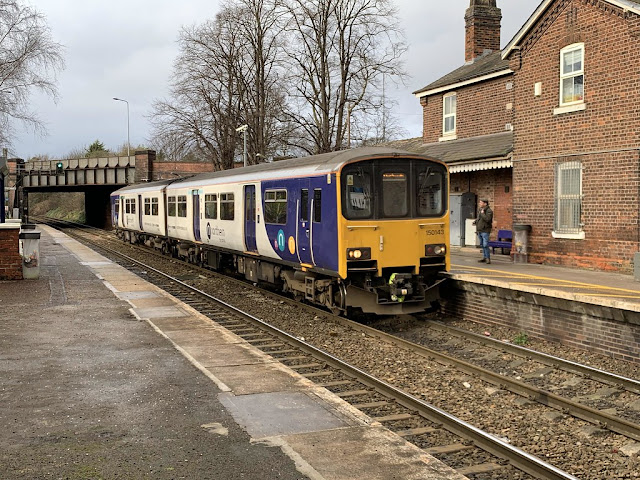Charing Cross tube station in the centre of London near
London Charing Cross railway station and serves the Bakerloo and Northern Lines, it also once was the Southern terminus of the Jubilee Line. For most of it's life the station has actually been two separate stations.
 |
| Bakerloo Line platform |
| Information |
| Type: |
Transport for London (Bakerloo & Northern Lines) |
| Station code: |
ZCX |
| Opened: |
1906 |
| Platforms: |
4 (+ 2 disused) |
The station was originally opened as
Trafalgar Square by the Baker Street & Waterloo Railway in 1906, the station having a ticket hall under the square itself [1]. The Charing Cross, Euston & Hamstead Railway opened their nearby station,
Charing Cross, in 1907 [2]. The two stations were separate and did not have any underground interconnection. The CCEHR was extended to interconnect with the Bakerloo and District Railways in 1914 [3] at a station called
Embankment. Later this was called
Charing Cross (Embankment).
The two stations still had separate names, after a few changes Charing Cross was renamed
Strand in 1915. There already was a station called Strand, this was renamed to
Aldwych!
The new Jubilee Line opened in 1979. Prior to this the original Northern Line platforms were closed in 1973 to allow for the construction of new platforms for the Jubilee [4]. During the reconstruction the Bakerloo and Northern Line stations were finally given an underground interconnection! The two stations, Strand and Trafalgar Square, were also merged on the map and given the name
Charing Cross. Charing Cross (Embankment) reverted back to just Embankment.
The Jubilee Line was extended in the 1990s out into East London with
Stratford becoming the new terminus. The Charing Cross platforms of the line were closed in 1999 though are still available for train stabling and emergency access. The now largely disused Jubilee Line platforms and parts of the station are often used for filming and have appeared in films such as Skyfall.
 |
| Entrance to Charing Cross |
 |
| Mural on the platform side on the Bakerloo Line |
 |
| Service tunnel used during the construction of the Jubilee Line part of the station |
 |
| Now disused Jubilee Line platform |
 |
| Sign in the disused part of the station |
[1] Mike Horne, The Bakerloo Line (Capital Transaport, 2001) p. 17
[2] Chris Nix, Charing Cross: Access All Areas (London Transport Museum, 2017) p. 2
[3] Mike Horne, The Northern Line (Capital Transport, 1990) p. 27
[4] Mike Horne, The Jubilee Line (Capital Transport, 2000) p. 42






















































